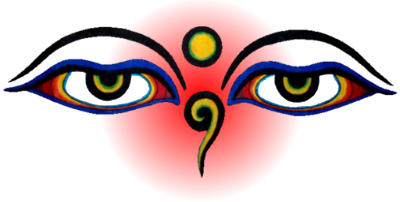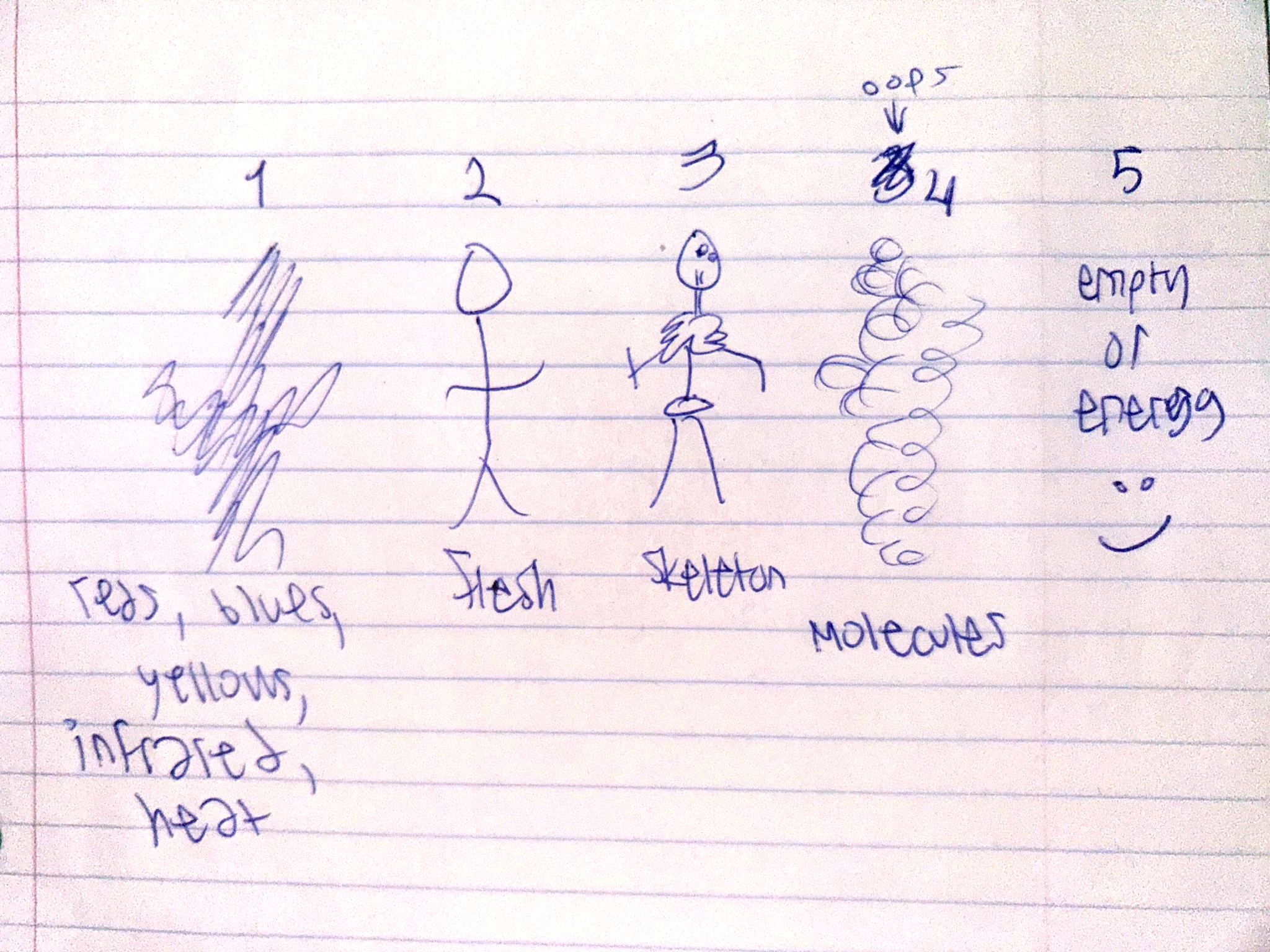
1.12.24 Eyes Everywhere

#1: Third Eye
the third eye gives you vision to things regular eyes cannot see. it is a gate to higher awareness and conciousness. in many beliefs, philosophies, ect. prominently in asia, the third eye is to see beyond regular vision. starting with Taoism : Tao is the way of the universe. ( 道, 道教 ) common goals for taoists include reaching harmony in existence and a deeper appreciation of the tao. ~'Taoist sense as an enigmatic process of transformation ultimately underlying reality.' but back to the third eye in taoism, it teaches that it is between the two physical eyes but expands/moves upwards into the center of the forehead when it is opened. also stating that the third eye is one of the main energy sources/centers of the body in the 6th chakra. training to open the third eye, or the minds eye, involved focusing your attention onto between your eyebrows, rather than the usual center of forehead..with your eyes closed in qigong positions. the goal of opening your third eye, or training, in tao is to tune into the correct vibration of the universe to reach an advanced meditative state with a stronger and more solid foundation to be on.
now for buddhism. there isn't only three eyes but as many as 5, which ill probably get to later. but the third eye in buddhism is, of course, in the center of the forehead above the eyes. it's regarded as the eye of conciousness, eye of wisdom or shunyata in sanskrit. may be translated to 'emptiness'. (named energy by scientists, so yeah just energy) 3 analytical modes of thinking which lead to the understanding of it, described by buddha (and in my reading,written by dr.shen. i wont go deep into detail, you can research on your own time and ill tell you its worth the read :) #1 : the analytical method of disintegration - as an example, if you take the pieces out of something, you cant call it what it originally was. when you dismantle it, it's lost its existence. it is not a permanent entity and it is a group of parts put together to make up a thing. its true nature is emptiness. a bit difficult to explain, but i think its a bit easy to understand. #2 method of integration - we see millions of different things in this world, but we are able to integrate them into a few basic elements. in buddhas time, indian philosophers integrated everything into solid, liquid, gas, and heat, four basic elements, and buddha said they could all be integrated into emptiness. everything in the universe can. #3 method of penetration - hardest to explain for me. buddha performed this with meditation. let this picture help

imagine it all in the same place, it's the same entity, same man, and your seeing it all at once. is it weird to imagine too? it's already weird enough to explain LOL.
and now in hinduism! the third eye in hindu tradition is the ajna, or brow chakra. that's why youll see hindus with red dots called bindi made of red or orange ash (sometimes turmeric ive seen) on their forehead, which is said to be the seat of concealed wisdom, and retains energy to strengthen concentration. in hinduism, the color red symbolizes love and prosperity which is why mainly married women wear it, to symbolize those qualities. in nepali or irrespective to gender, they wear tika or tilak/tilaka which is basically the same. i've seen pictures where its pointy at the bottom too, kind of shaped like a feather. it's also worn on other places like the wrist or neck. it can be worn daily or for religious occasions depending on the customs of where you live. it's a representation of the third eye. it's seen on expressions of shiva, or the three-eyed lord, and its to detect evil and shows knowledge. his third eye is depicted by three horizontal lines on his forehead. 'if you were a hindu i could aim for the dot' ...like bloodhound gang, sorry
this section is unfinished. more references to eyes in the world soon!